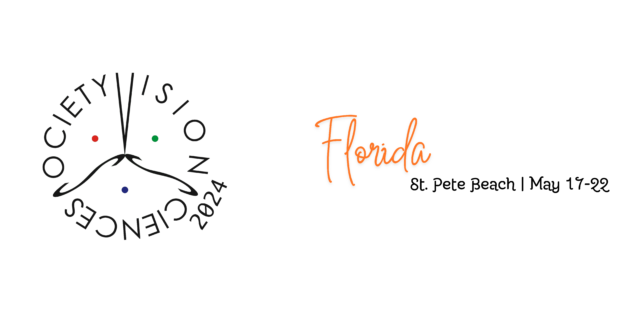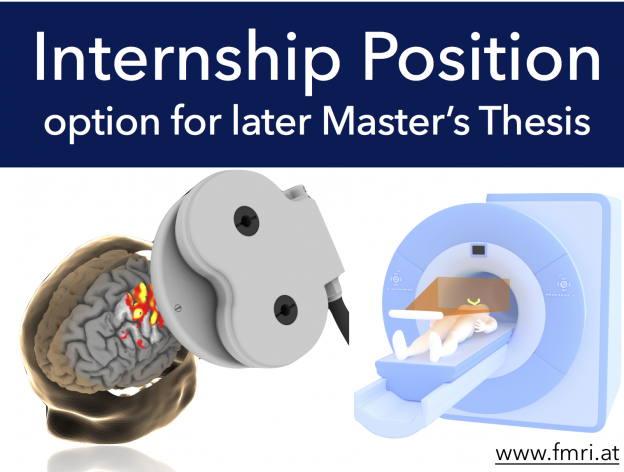The fMRI-at team will be at the Vision Science Society conference in Florida from May 17th to 22nd, talking about our latest research on retinotopy. We’re excited to meet other researchers and chat about our work. Come join us for some interesting discussions about how our brains make sense of the world around us! See you there!
Effects of NORDIC denoising on population receptive field maps
Christian Windischberger | Sunday, May 19, 2024, 2:45 – 6:45 pm | Banyan Breezeway
Comparing pRF Mapping Estimates for Words and Checker Patterns
David Linhardt | Sunday, May 19, 2024, 2:45 – 6:45 pm | Banyan Breezeway
A novel approach for population-receptive field mapping using high-performance computing
Siddharth Mittal | Sunday, May 19, 2024, 2:45 – 6:45 pm | Banyan Breezeway







